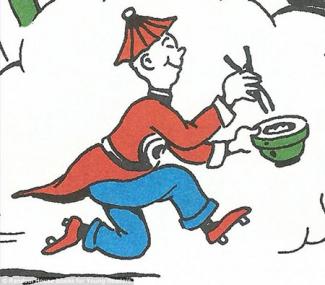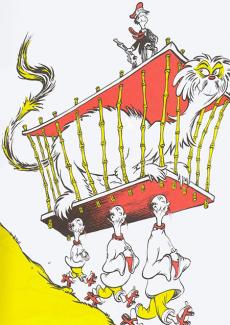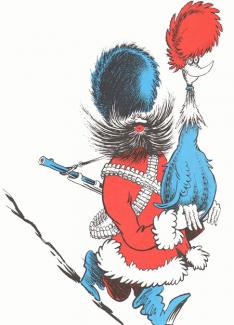
When reading to young children we all want to share loving, happy, warm stories that make them feel good. It is all too often we wish to share a little piece of our childhood with them without taking time to consider the work from a constructive standpoint. We have many such “classics” in our history. Dr. Seuss’ early work deserves a second look before sharing with your child. Titles such as If I Ran the Zoo and And To Think That I Saw it on Mulberry Street are great examples of how our nostalgia filters may impede our ability to remember every aspect of a work.
I would like to share my experience of reading titles such as these with my child. It was a lot more surprising than I expected it to be. I have read tons of books to my kids, and often I try to screen them first for content. When it comes to classics remembered from childhood, I, like most parents, am eager to share them with my children. But my recent experience has me seriously needing to pause and reread and reconsider. Not only did the work itself and what I missed as a child make me think, but my young five-year-old daughter made me consider a lot of things as well. I thought about what I am teaching her. I thought about the long-term effects that consistently showing her racist imagery may have. Most of all I thought of the effect that could have on the masses.
In my home, being socially conscious of racism and having deep conversations about race is important for a multitude of reasons. One reason is that I am black, my husband is white, and our children are biracial. Having children of more than one race can really put into perspective the importance of sharing, teaching about, and discussing different races and cultures. We strive to make sure they are informed, understanding, tolerant, and aware of actions that happen out of ignorance. (When I say ignorance I am referring to a lack of knowledge about something.)
Dr. Seuss admitted that some of his earlier works were created from a place of ignorance, so we started with And To Think That I Saw it on Mulberry Street.









